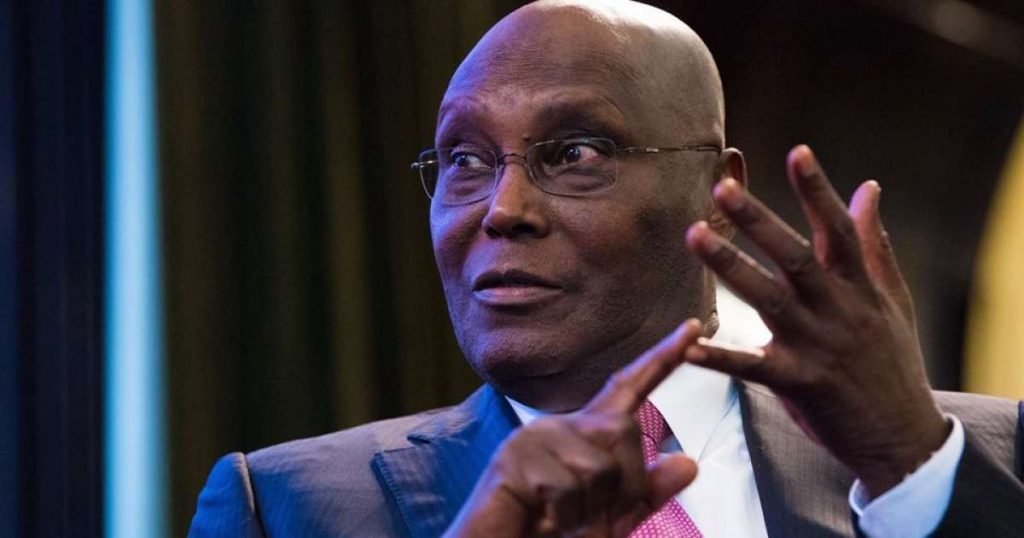* Nigerian billionaire’s refinery delayed by logistics
* Trading desk in Lagos will have 30 staff
* Tanks, completed this year, could serve as fuel depot
* Fertiliser plant to start this year

Africa’s largest oil refinery will not be finished until the end of 2020 due to problems importing steel and other equipment, executives at Dangote, which is building the facility in the Nigerian commercial hub of Lagos, told Reuters.
Nigeria, Africa’s most populous nation, imports virtually all its fuel due to sclerotic and underutilised refineries, and even the state oil company is looking to the 650,000 barrel per day (bpd) Dangote refinery to help address this.
Price caps force NNPC to import nearly all its gasoline at a significant cost and periodic fuel shortages are common.
Despite the delays at the congested Apapa and Tin Can Island ports in Lagos, a Dangote executive said the company could start using the refinery’s tank farms as a depot to warm up operations.
“We will be able to complete the (refinery) project by the end of next year – mechanical completion,” said Dangote Group Executive Director Devakumar Edwin, who oversees the project.
The company expects fuel production within two months of completion of the refinery, which could transform Africa’s biggest crude producer from a fuel importer into a net exporter, upending global trade patterns.
Billionaire Aliko Dangote, who built his fortune on cement, first announced a smaller refinery in 2013, to be finished in 2016. Dangote then moved the site to Lekki, in Lagos, upgraded the size and said production would start in early 2020.
Industry sources told Reuters last year that fuel output was unlikely before 2022.
TRADING PLAN
Edwin also said during an interview at his office in Lagos that Dangote is setting up its own trading desk, with a senior team of three people and a staff of roughly 30 who will monitor international commodity prices.
READ: Naira closes at N359.3 to dollar
“We are setting up a complete trading desk here with us. In the next three months the full desk will be set up,” he said.
Giuseppe Surace, the refinery’s chief operations officer, said the refinery’s tank farms will be finished this year and could be used as a warm-up for operations.
The tanks will be connected to five “single point mooring buoys” (SPMs), which will allow the refinery complex to pump crude straight into tanks from large ships at sea and pump products back out onto boats of any size.
The SPMs will be the primary method of supplying oil products from the refinery, Surace said, adding that the team were considering using the tanks as training or as a depot before the refinery’s production starts.
“We might do that. We will be ready to do that,” he said, though he added that no decision had been taken yet.
The team is in talks with NNPC, two other international oil companies and two large oil traders, all of whom are interested in supplying crude and buying products, Edwin said.
Edwin said the crude unit for the refinery, which set sail from China last month, would arrive by the end of October.
The trains at a fertilizer plant on the same site will start up by the end of this year, the executives said.










